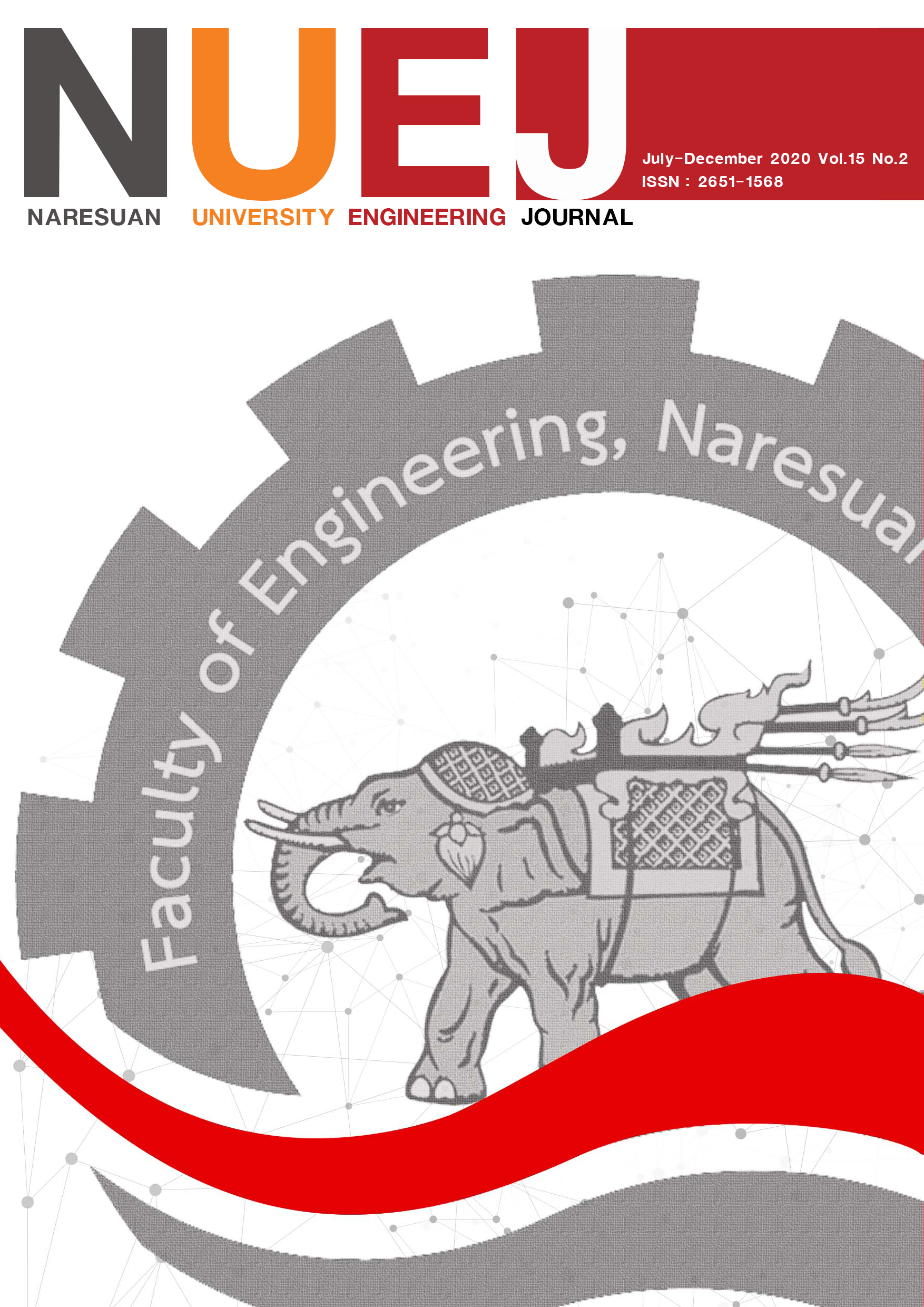Tabu Search Method for Model of Blood Inventory System with Two Priorities
Main Article Content
Abstract
Red bloods are an important product for treating patients and are considered as perishable inventory. The shortage of red blood cells in the blood vessels may result in the loss of patients' lives. This research proposes the tabu search (TS) method to use to manage the inventory system for red blood parcels. The objectives are to determine a blood ordering policy (unit) for each period, quantity of the appropriate blood inventory level and obtained the lowest expected total cost by considering the smallest shortage of blood occurring under uncertain conditions. We assume that there are two types of blood demands from regular patient and emergency patient demands. The blood transfusion policy will supply the blood with a shorter shelf life first to the patients (first come first serve). We assume that allocate the blood units to the emergency patients with 100 percent services level. The comparison of the appropriate order quantity units obtained from the tabu search (TS) method and from the current purchase policy are experimented by using the actual blood demand data from a hospital. Considering the appropriate policy, the results show that the current policy provides the highest total cost and the smallest percentage of service level. The results show that the inventory up to level policies with non-fixed period and the fixed period by using the TS search method provide the similar results of expected total costs and a percentage of service levels, and the lower expected total cost than other methods.
Article Details
References
Chazan, D., & Gal, S. (1977). A markovian model for a perishable product inventory. Management science, 23(5), 512-521.
Cohen, M. A. (1976). Analysis of single critical number ordering policies for perishable inventory. Operations research, 24(4), 726-741.
Diabat, A., Abdallah, T., & Le, T. (2016). A hybrid tabu search based heuristic for the periodic distribution inventory problem with perishable goods. Annals of Operations Research, 242(2), 373–398. https://doi.org/10.1007/s10479-014-1640-4
Haijema, R., van der Wal, J., & van Dijk, N. M. (2007). Blood platelet production: Optimization by dynamic programming and simulation. Computers and operations research, 34(3), 760-779.
Kouki, C., Sahin, E., Jemai, Z., & Dallery, Y. (2010, May 10-12). Periodic review inventory policy for perishables with random lifetime [Conference presentation]. 8th International conference of modeling and simulation, Hammamet, Tunisia. https://citeseerx.ist.psu.edu/viewdoc/download?doi=10.1.1.167.965&rep=rep1&type=pdf
Minner, S., & Transchel, S. (2010). Periodic review inventory- control for perishable products under service-level constraints. OR Spectrum, 32(4), 979-996.
Nahmias, S. (1975). Ordering policies for perishable inventory II. Operations research, 23(4), 735-749.
Nahmias, S. (1977). On ordering perishable inventory when both demand and lifetime are random. Management science, 24(1), 82-90.
Nahmias, S., & Schmidt, C.P. (1986). An application of the theory of weak convergence to the dynamic perishable inventory. Mathematics of operations research, 11(1), 62-69.
Pierskalla, W. P. (1972). Optimal issuing policies for perishable inventory. Management science, 18(11), 603-614.
Puranam, K., Novak, D. C., Lucas, M. T., & Fung, M. (2017). Managing blood inventory with multiple independent sources of supply. European Journal of Operational Research. Elsevier, 259(2), 500-511.
Williams, C. L., & Patuwo, B. E. (1999). A perishable inventory model with positive order lead times. European journal of operational research, 116(2), 352-373.
Yates, N., Stanger, S., Wilding, R., & Cotton, S. (2017). Approaches to assessing and minimizing blood wastage in the hospital and blood supply chain. ISBT Science Series, 12(1), 91-98.


